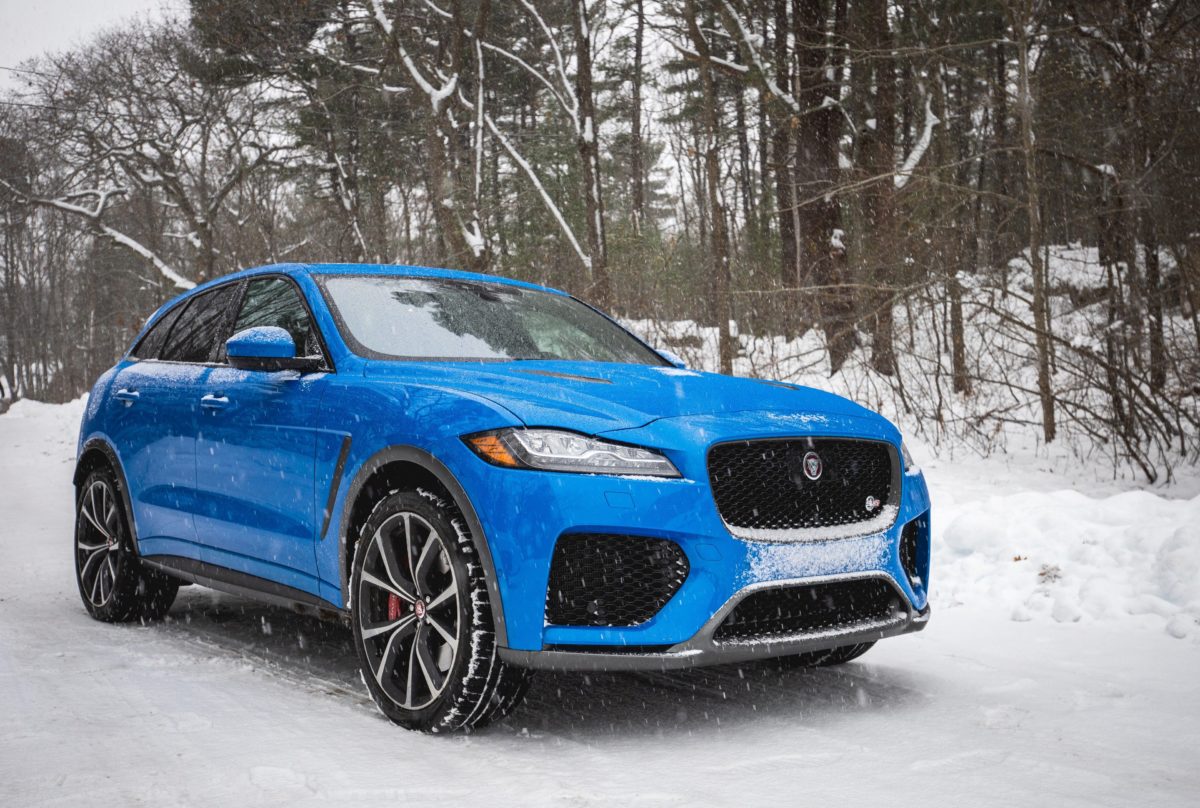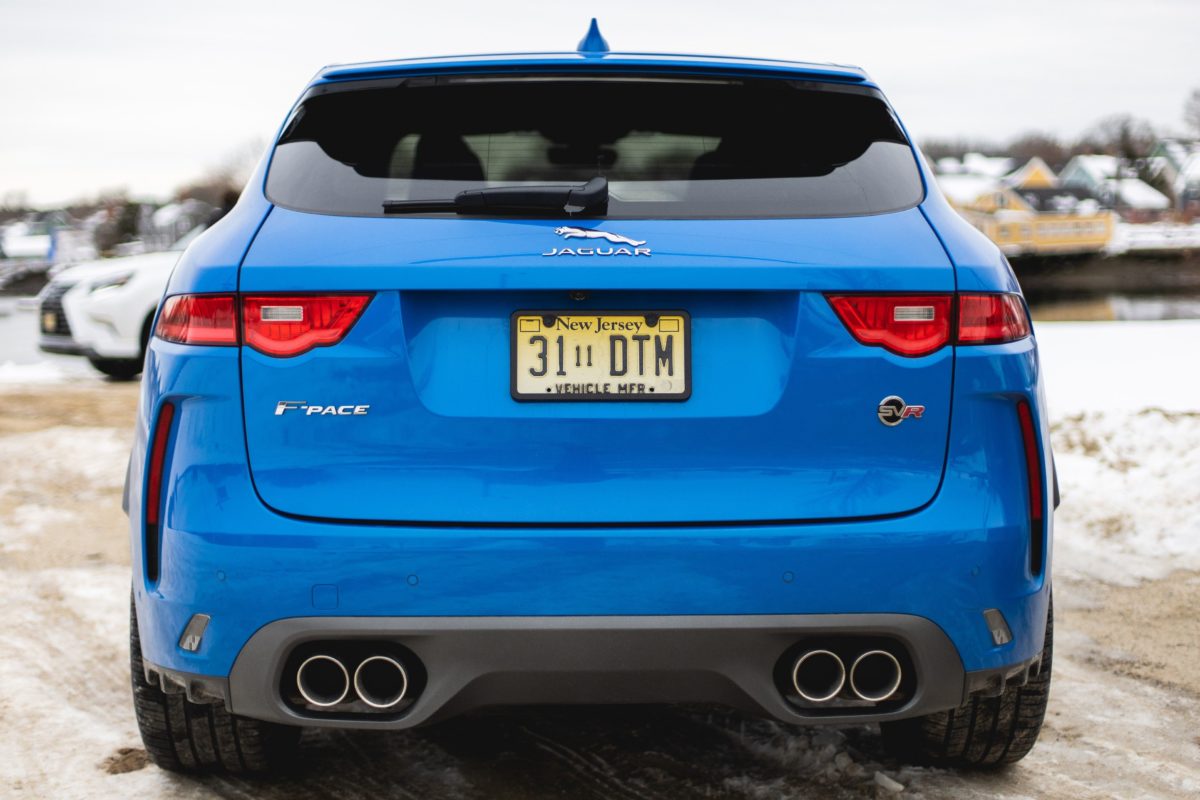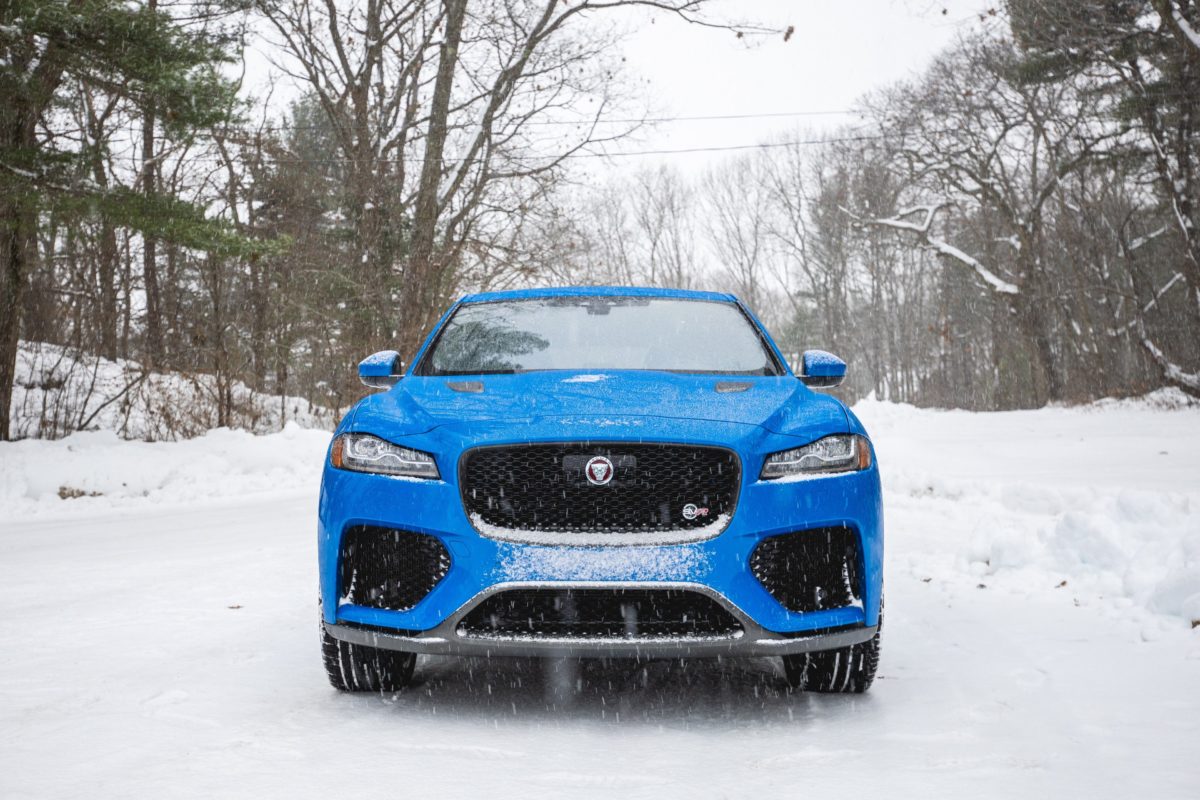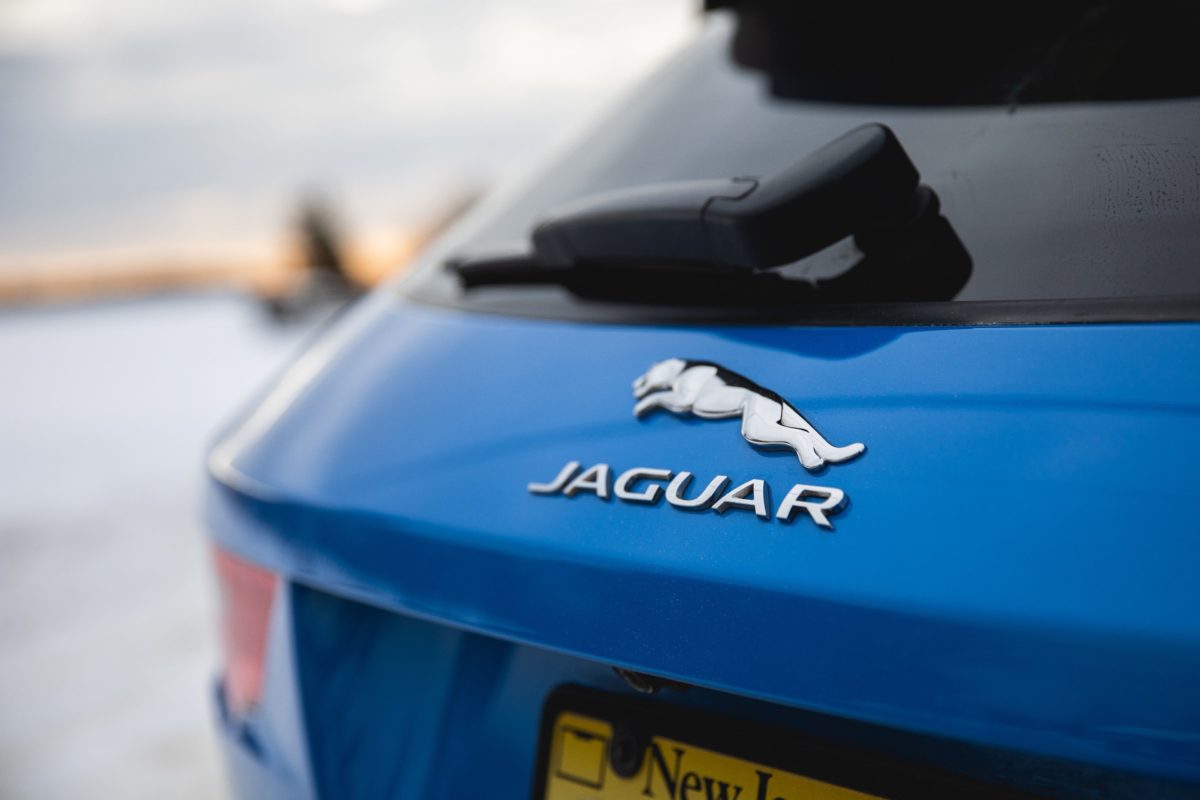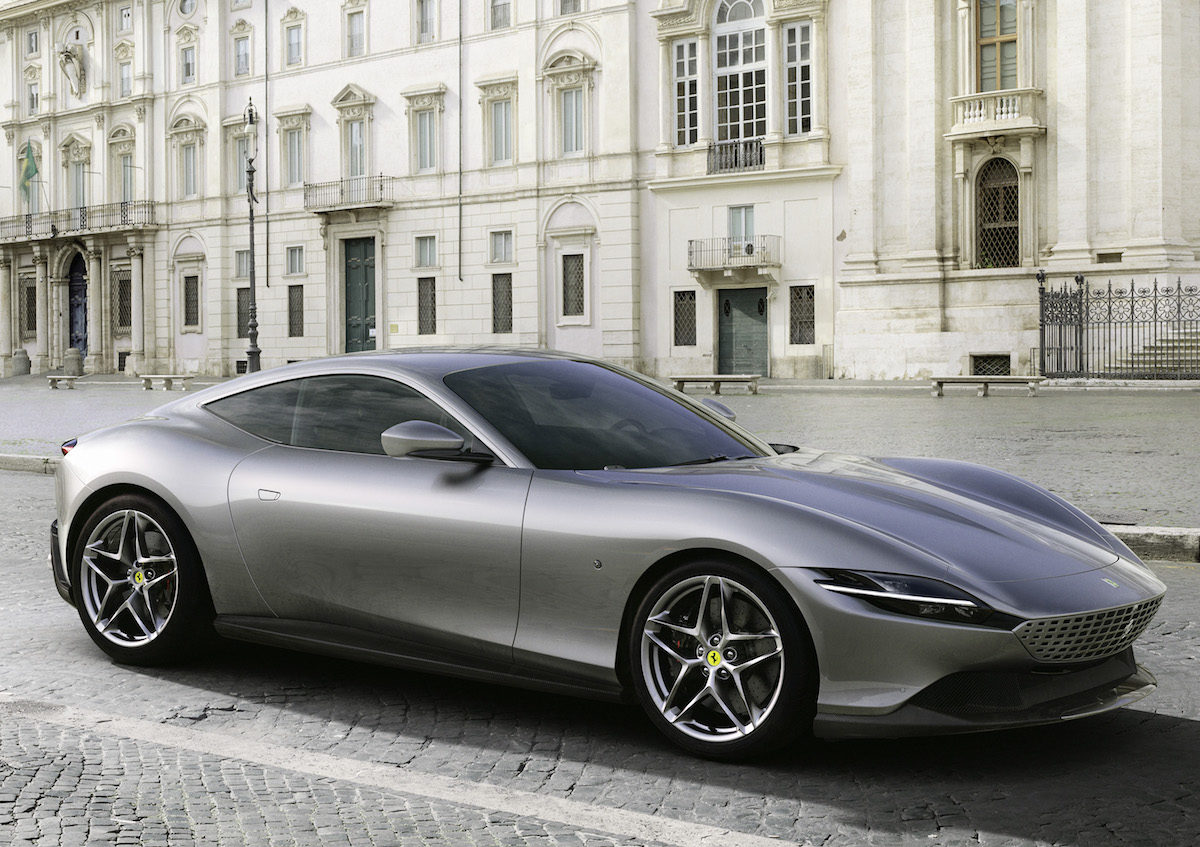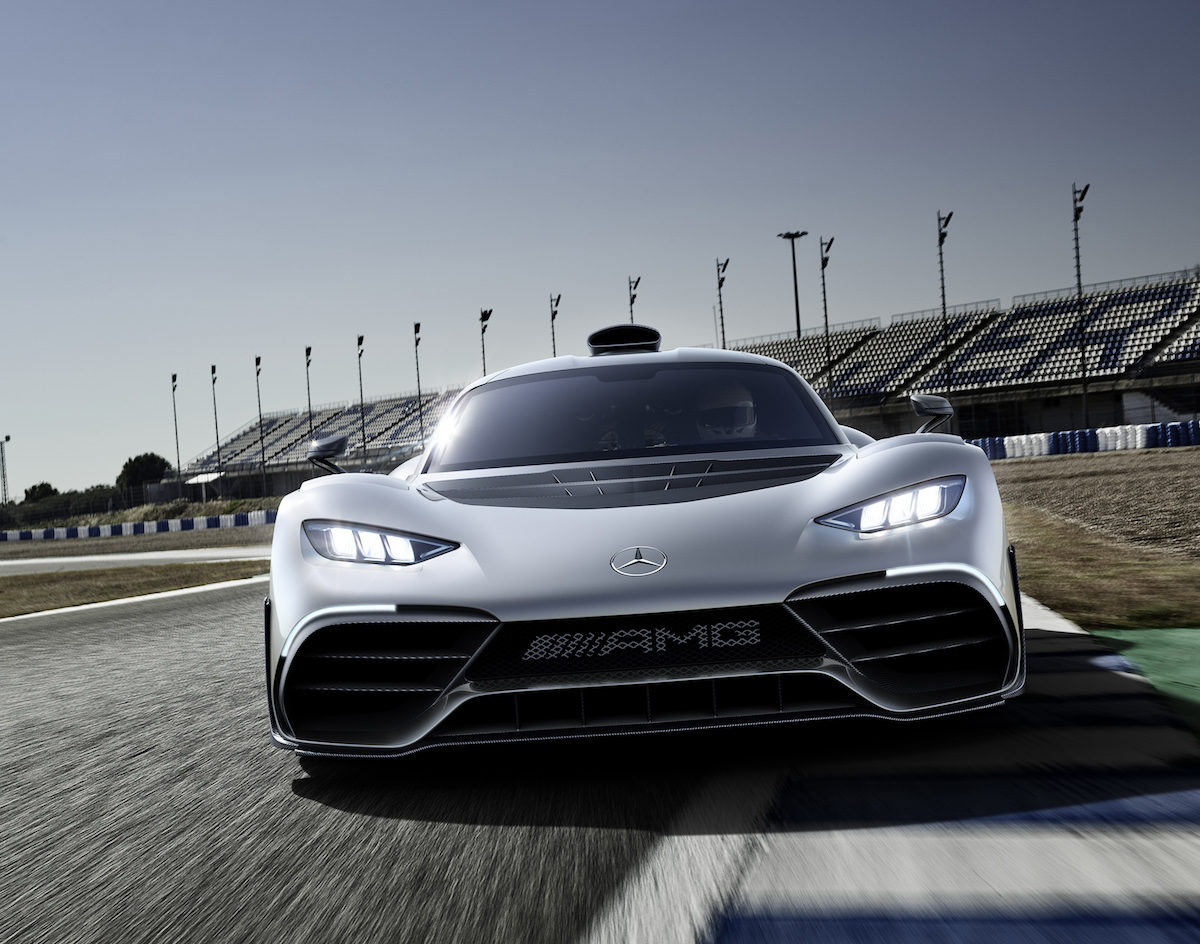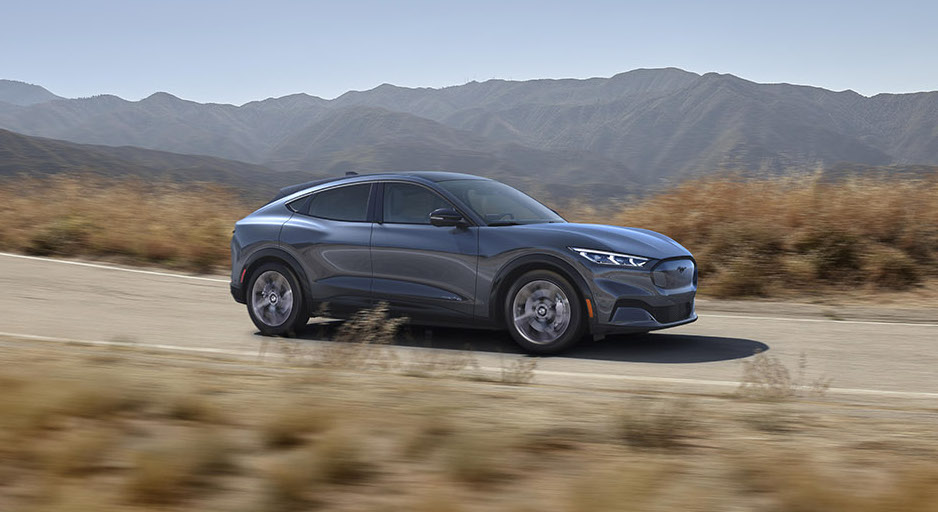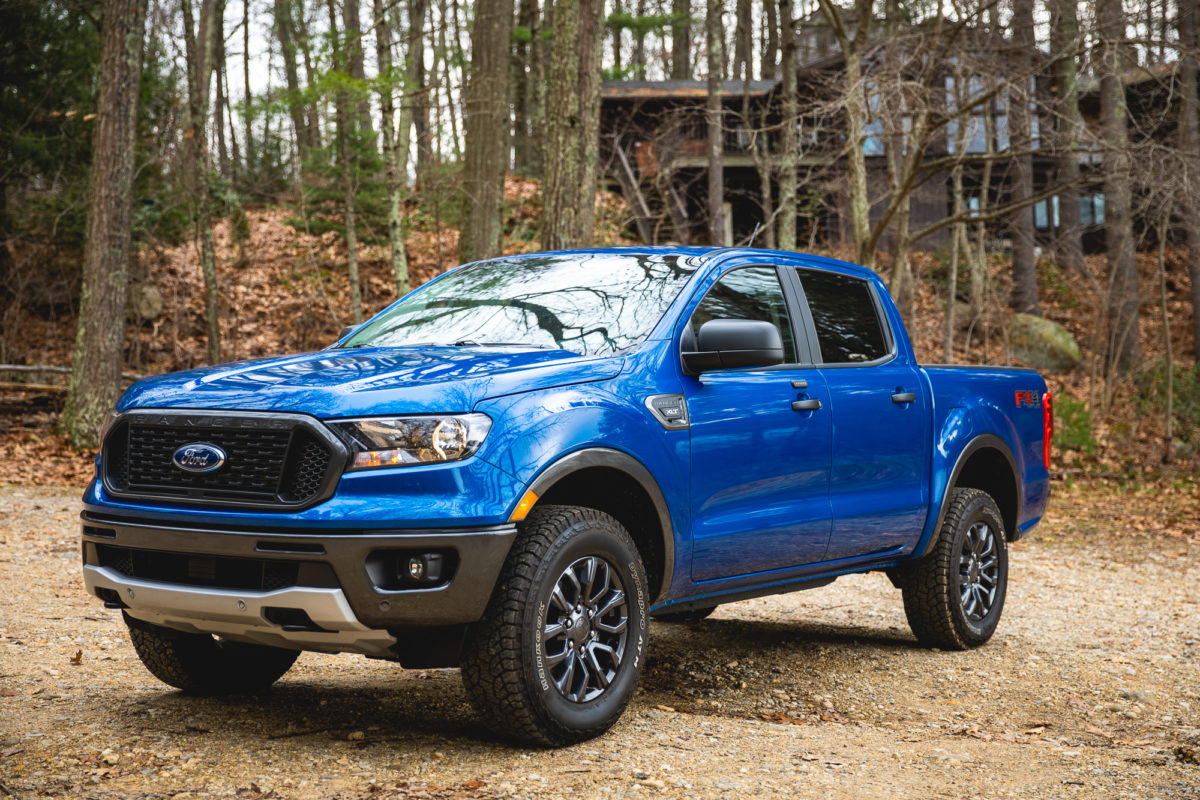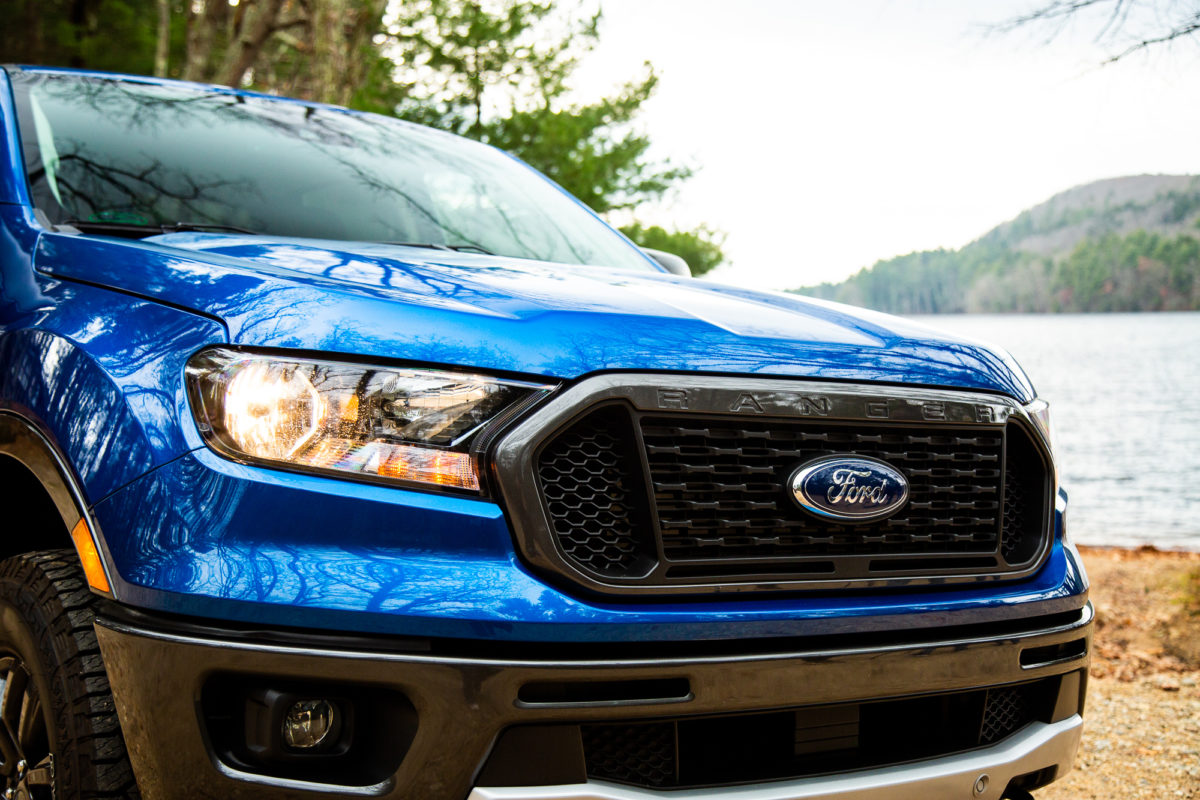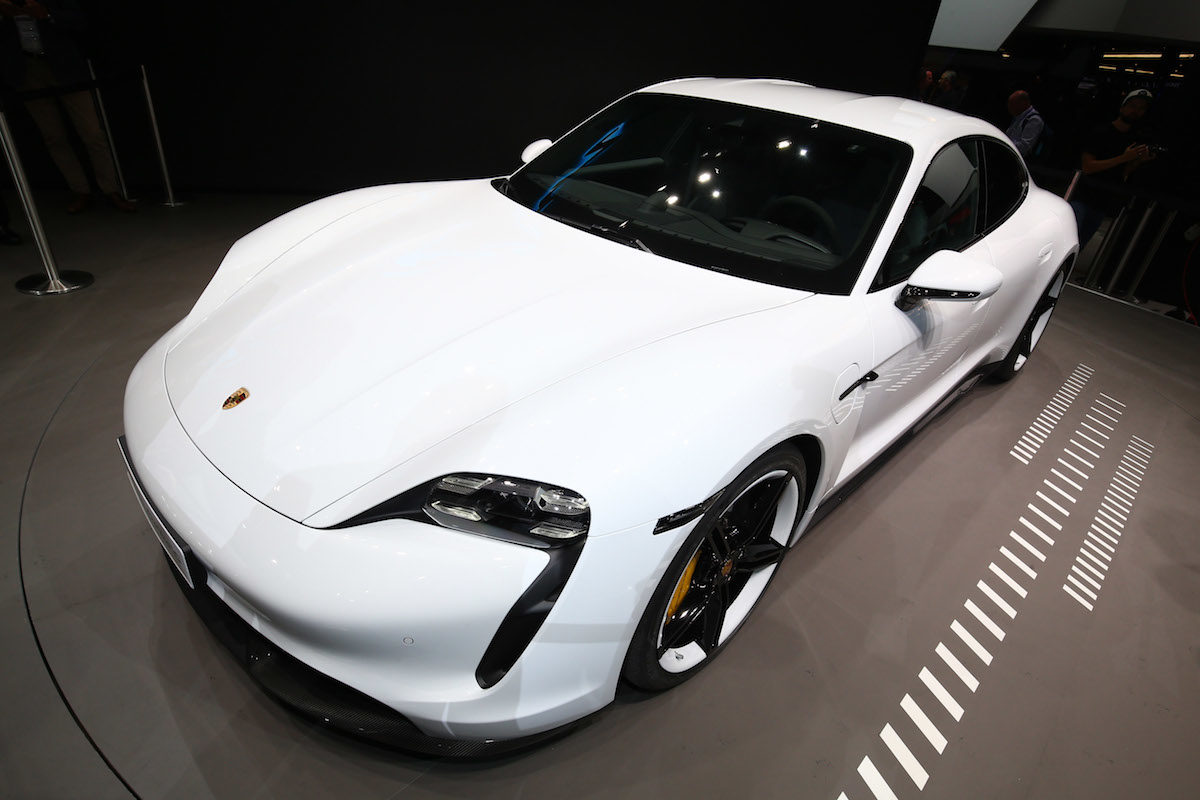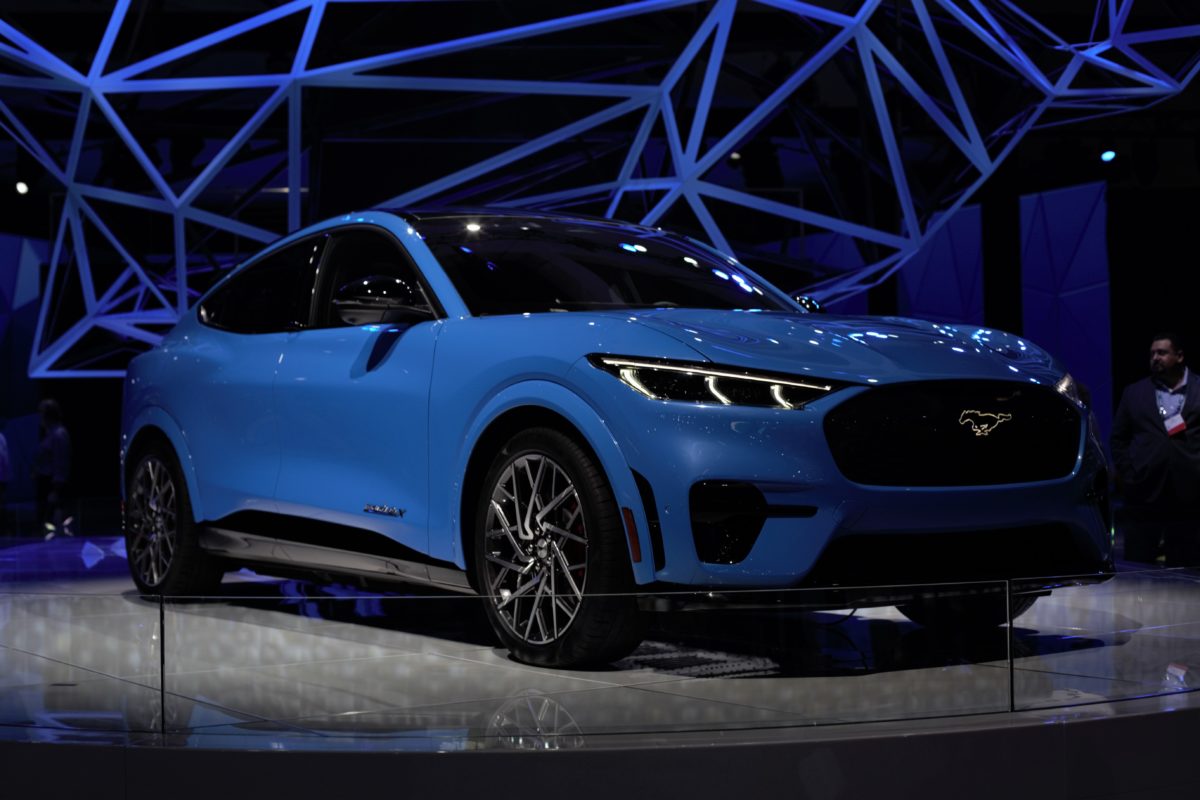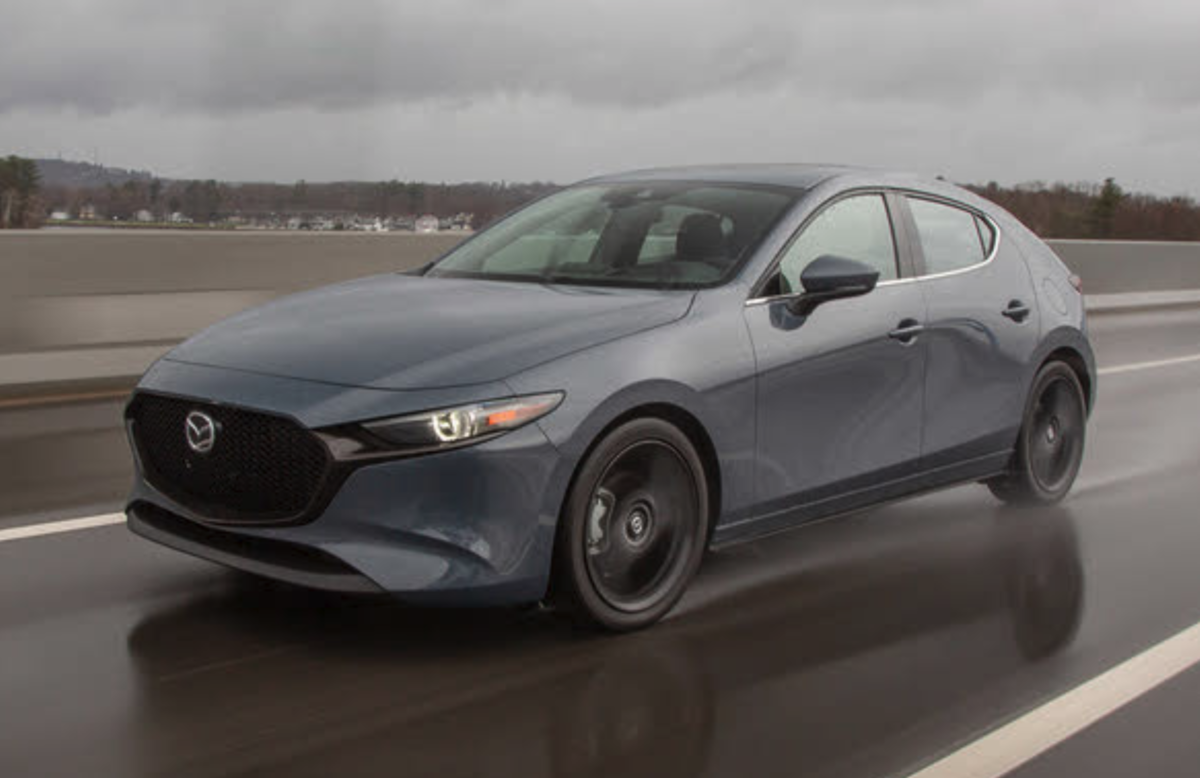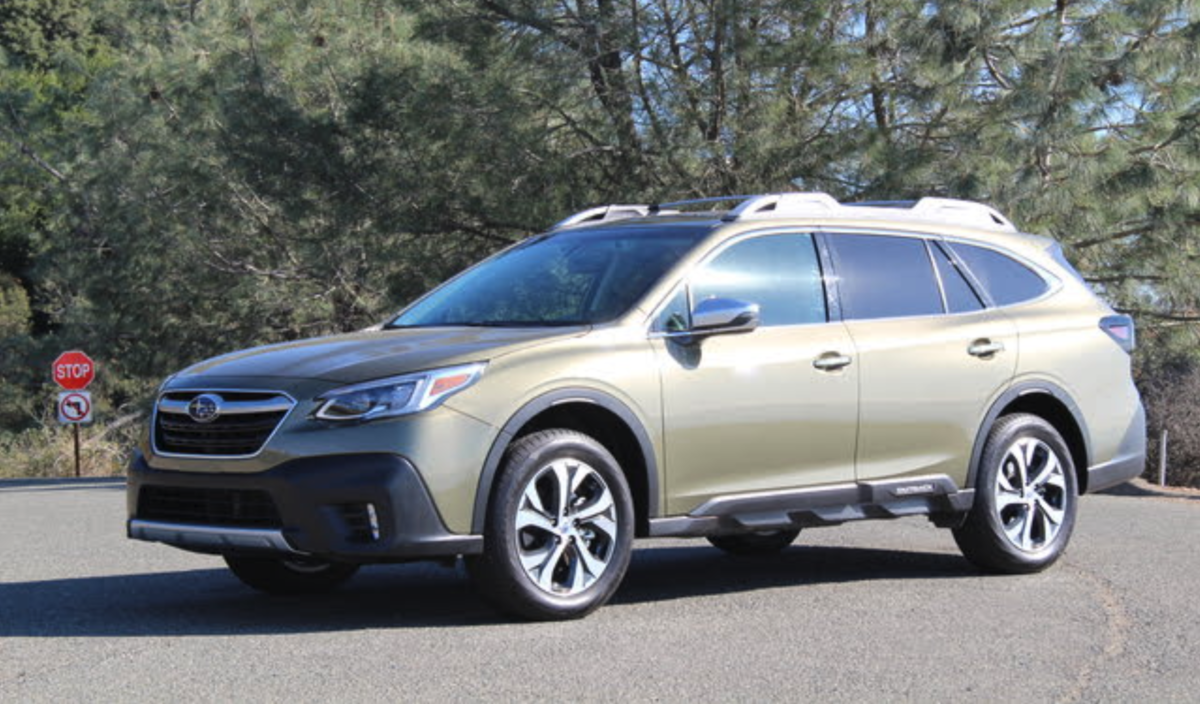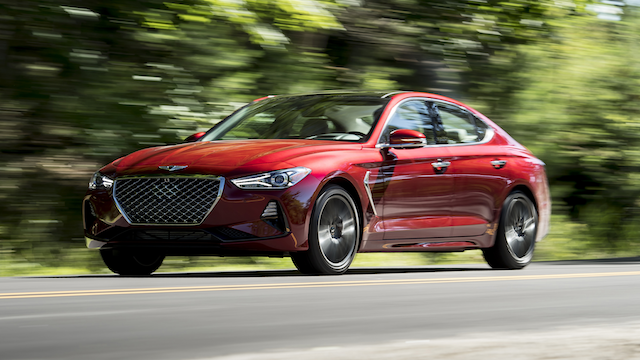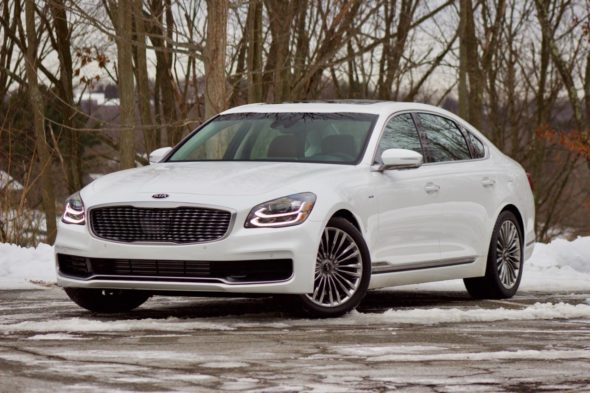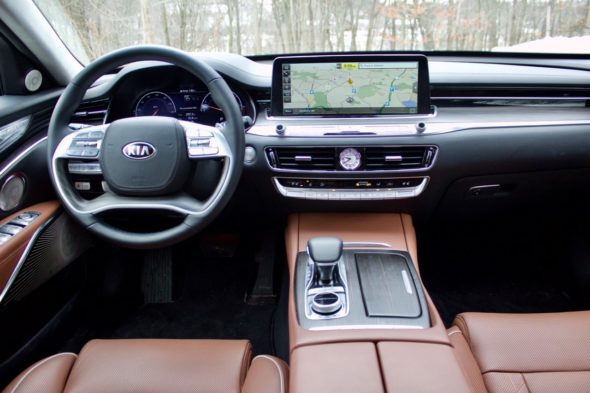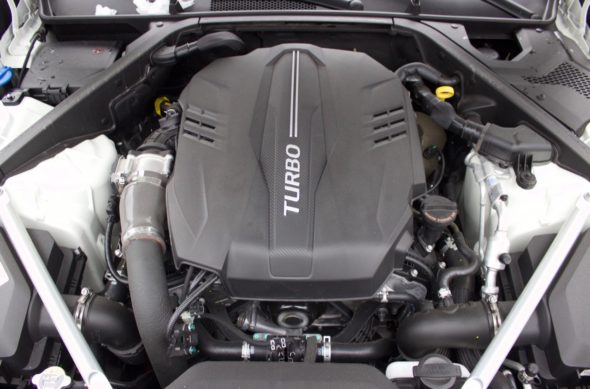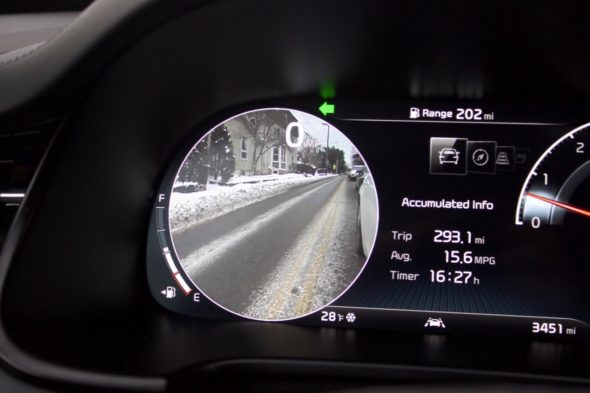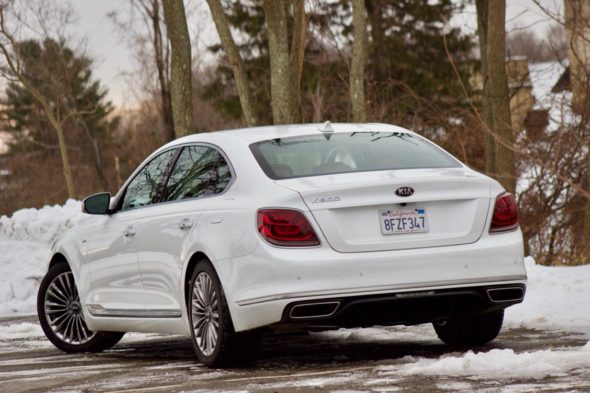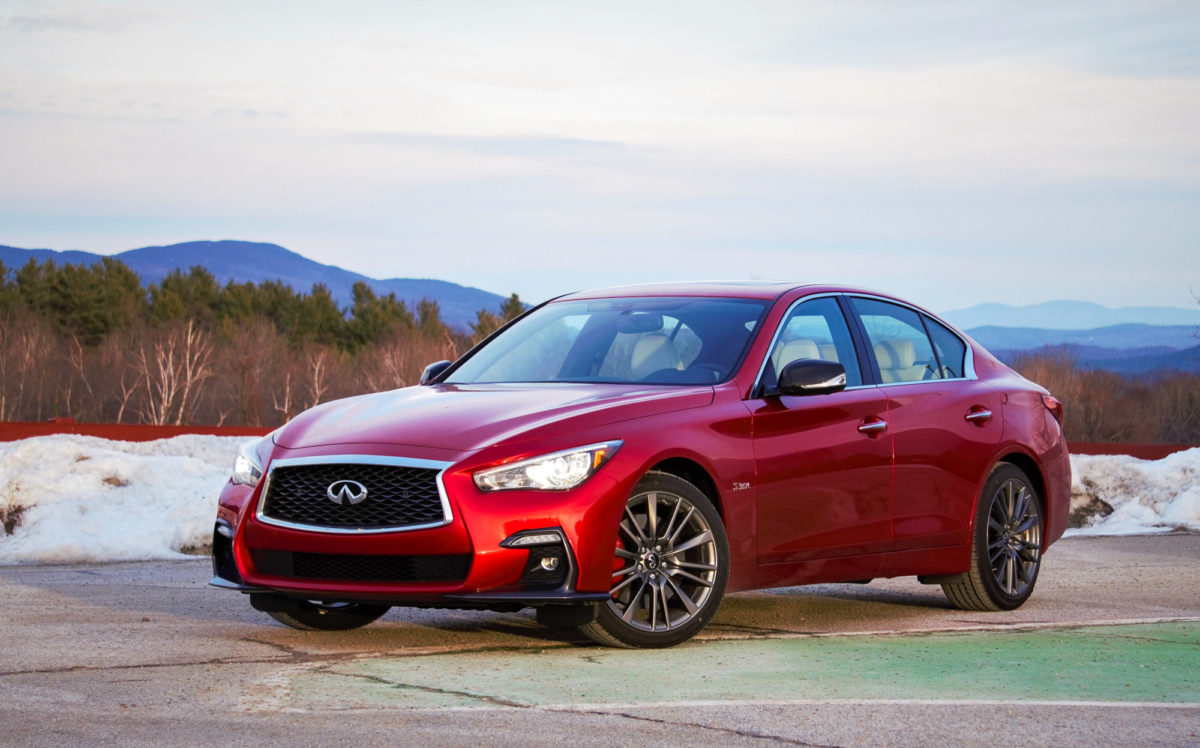
The 2020 Infiniti Q50 looks brilliant. So why do auto-industry doomsayers insist it belongs to a dying breed of sport sedans? Well, while BMW and Mercedes may still pepper your commercial breaks with enticing deals on the 3 Series and C-Class, you’re even more likely to see those brands selling their crossovers. After all, there’s plenty more money to be had building SUVs (even if there’s plenty more fun available behind the wheel of a sedan).
This reality is especially evident when looking at Infiniti’s current lineup of vehicles. While the car du jour may very well be the company’s most exciting model, it’s clear that a disproportionate amount of time and effort has gone into updating crossovers instead. So, with less attention being paid to it by Infiniti and fewer dollars being spent on it by shoppers, who is best served buying a Q50? And who should consider the sport sedan’s top-tier Red Sport 400 AWD trim?
Undeniable Good Looks
Well, this makes things easy. Want an incredibly stylish sedan? Buy a 2020 Infiniti Q50. The sculpted fenders swallow our car’s 19-inch aluminum-alloy wheels. The gentle roll across the hood, peaking along the lines above the headlights, draws your eyes toward the length of the vehicle. And the character line within the side profile leaves you viewing the vehicle as a whole, rather than keying in on one specific detail. All-in-all, it cuts an impressive shape. While BMW and Mercedes may lean on their badges to instill awe, the Q50 thrives off of Infiniti’s relative obscurity. More than once, other drivers commented on my test car’s design, asking “Who makes that?” For the trend-setter and fashion-forward free-thinker, the Infiniti Q50 is a can’t-miss win.
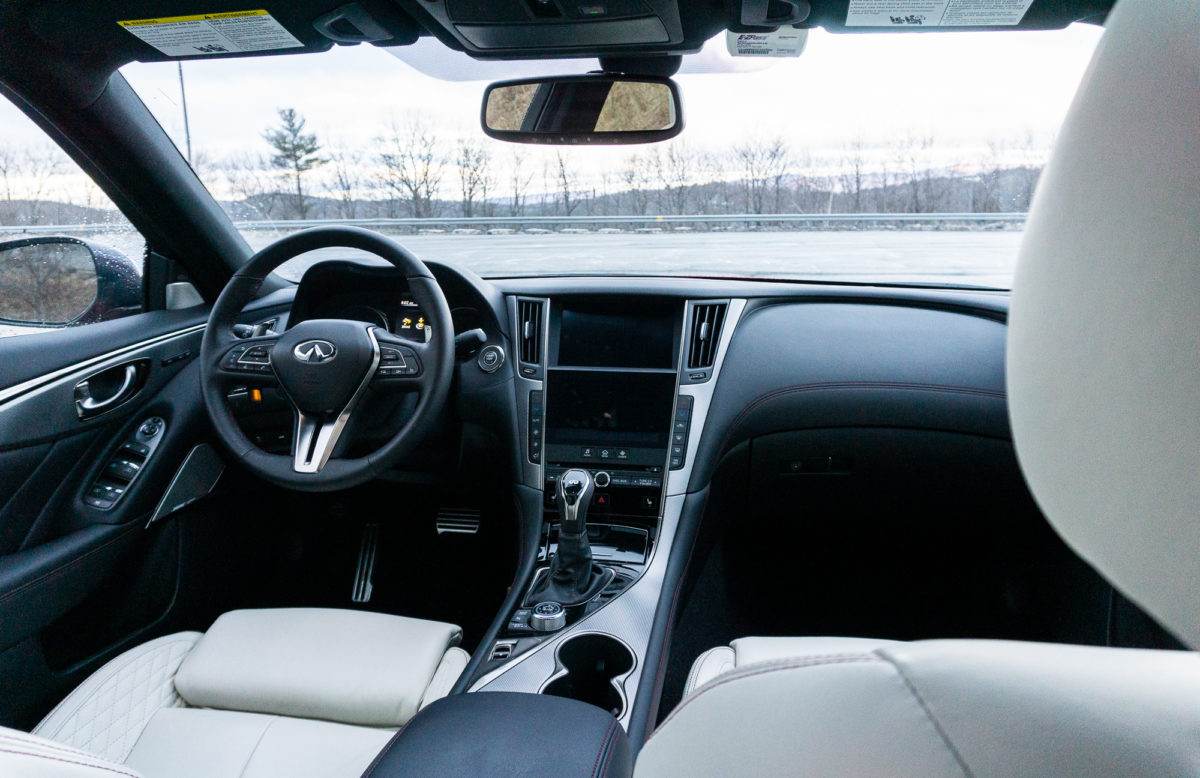
Inside, the Q50’s design is comfortable and accessible, although the infotainment system would benefit from a “less is more” approach. We got used to the two-screen setup quickly but would have preferred to have had our needs met by one display.
And finally, it was nearly impossible to look at our test car and not commend its paint job. The Dynamic Sunstone paint catches the light beautifully. Unfortunately, it’s also exclusive to the expensive Red Sport 400 and Red Sport 400 AWD trims—and priced as an $800 option at that.
Making the Most of a Twin-Turbo V6
Credit Infiniti for apparently eking out every last drop of performance from the Q50’s 3.0-liter twin-turbo V6 engine. It makes 300 horsepower and 295 pound-feet of torque in the Q50 3.0t Pure, Luxe, and Sport trims, but a whopping 400 hp and 350 lb-ft in the Red Sport 400s.
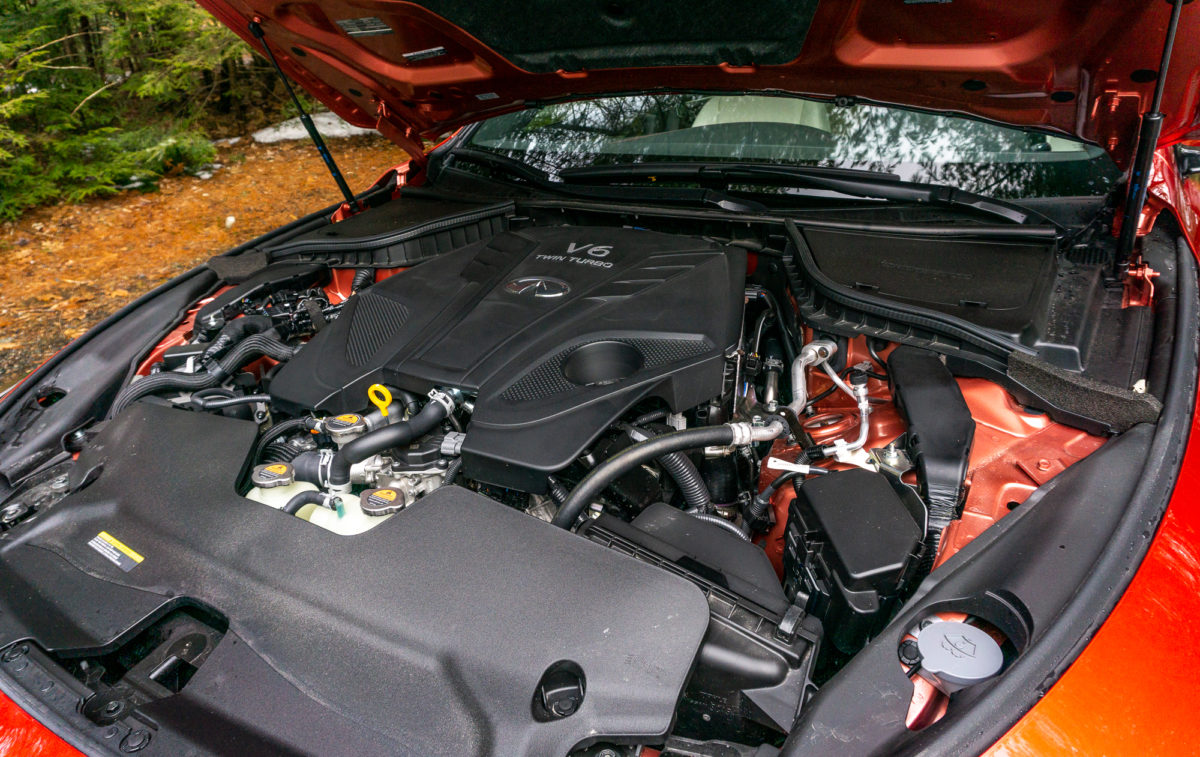
Generally, drivers with 300 horsepower on tap will consider their car to be fast. Tacking on 100 extra horses brings that estimation up to “very, very fast.” Heading up an onramp to the interstate, the Q50 Red Sport 400 will never need any additional freeway to get up to traffic’s pace. If anything, you’ll find yourself slowing down to merge. And with its 7-speed automatic transmission (no CVT in this car, thank goodness), the Q50 handles its power with ease. Just keep it in Sport mode. Doing so won’t hamper the car’s drivability on congested roads, and the Eco mode features an “Eco Pedal” that noticeably kicks back against your right foot when it feels you should be easing off the gas. Perhaps it’s an acquired taste, but we never acquired it.
Sadly, this doesn’t sound like a 400-horsepower car, even if it feels like one. While a Genesis G70 3.3T will roar, this one always sounded a little wheezy. Surely it wouldn’t have been too challenging for Infiniti to grab an engineer and ask them to tweak the exhaust note?
How Much Would You Like to Pay?
Did you know that Nissan—Infiniti’s parent company—offers one of the industry’s best advanced safety packages? Nissan ProPilot Assist won’t turn your Rogue into a self-driving car, but it will come nearly as close as any of its competitors.
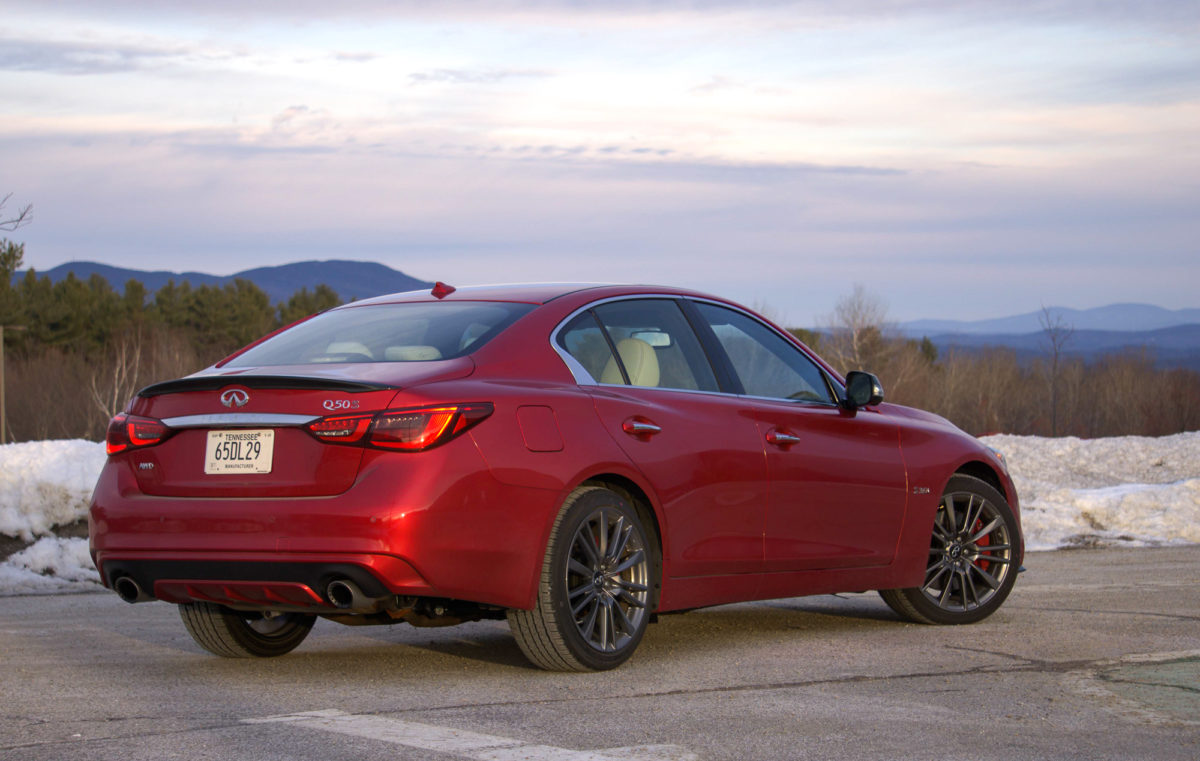
With this in mind, imagine our surprise when we discovered our top-tier Q50 Red Sport 400 AWD’s $58,075 starting price doesn’t include Infiniti’s version of ProPilot. The Infiniti ProActive package does include adaptive cruise control, blind-spot monitoring, lane-keeping assist, and other advanced safety technologies, but it also costs an additional $2,700.
And that’s a major part of the Q50’s story. The 3.0t Pure trim offers a starting MSRP of $36,400, which sounds great. But asking for the 400 Red Sport will increase that MSRP by nearly 50%. So, who’s the Q50 best suited for? Well, despite the 400 Red Sport’s brilliant acceleration and stunning paint, its cost is a bit hard to stomach. The shoppers most likely to be satisfied by a Q50 are the trend-setters, the fashion trailblazers. Spend your money on the interior and the safety technology, and leave the 400 horses in the barn. In the Q50, looking good needs to be your number one priority.
For more auto news, check out these articles:
- The Jaguar F-PACE SVR: A Modern-Day Supercar
- The 2019 Ford Ranger Packs Plenty for the Price
- The 2019 Kia K900 Excels as a Classic Luxury Flagship
The post With the 2020 Infiniti Q50, Style Comes Standard appeared first on The CarGurus Blog.
With the 2020 Infiniti Q50, Style Comes Standard posted first on http://www.cargurus.com/blog/
